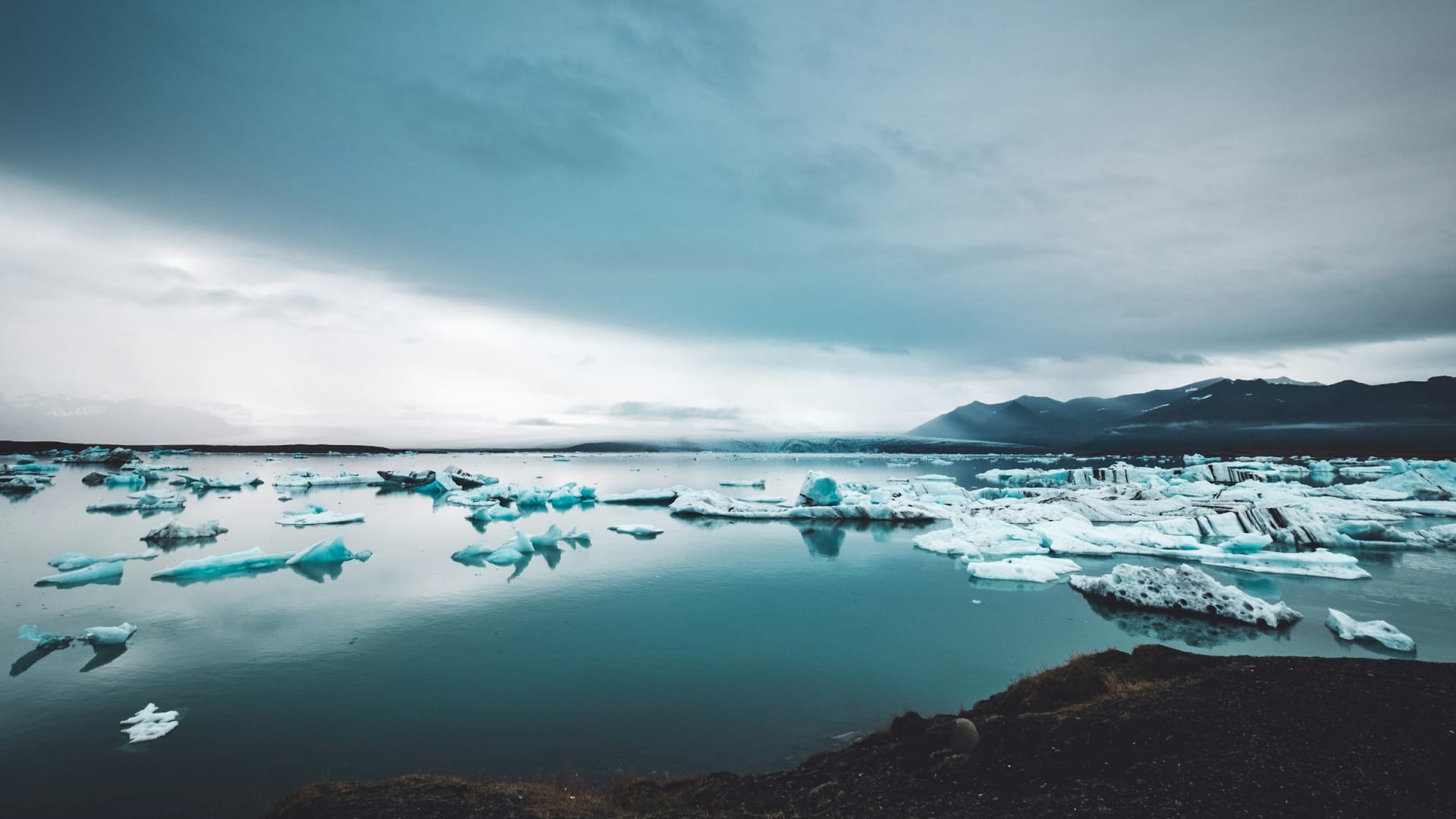Jul. 24, 2025 |
Disappearing lakes. In last week’s member’s despatch, we looked at the sudden disappearance of Lac Rouge in central Quebec. One day it was there, the next, its banks overflowed, and its water rushed into the next lake, Lac Doda, six miles to the northeast.
It turns out that the sudden disappearance of lakes has become a trend in the contemporary world. It may happen because of geology, as it does each year for Lost Lake in Oregon. Or South Prairie Lake, in Washington State. Because the Northwest U.S. had so much volcanic activity thousands of years ago, that corner of the nation is riven with what are called lava tubes, some big enough to drain lakes in summertime—but not big enough to handle winter’s snow and ice.
Then there’s the classification of GLOFs, or glacial-lake outburst flood. Glacial lakes are under threat from the warming climate—not least, from jökulhlaups, the Icelandic word for GLOFs, in which meltwater created by volcanic activity breaks open a lake’s banks. Eyjafjallajökull is an Icelandic volcano completely covered by an ice cap. Memorably, it erupted in 2010, cancelling more than 95,000 flights all across Europe for more than a week—and causing a number of jökulhlaups, too.
Lakes disappear for other reasons, too. Some wither in prolonged droughts. Geologists tend to think China’s Poyang Lake resulted from a diversion out of the Yangtze River. Mongolia’s Hulun Lake has lost 291 square kilometers of surface area to farming since 1996. Bolivia’s Lake Poopó, likewise.
—Brendan Hasenstab

